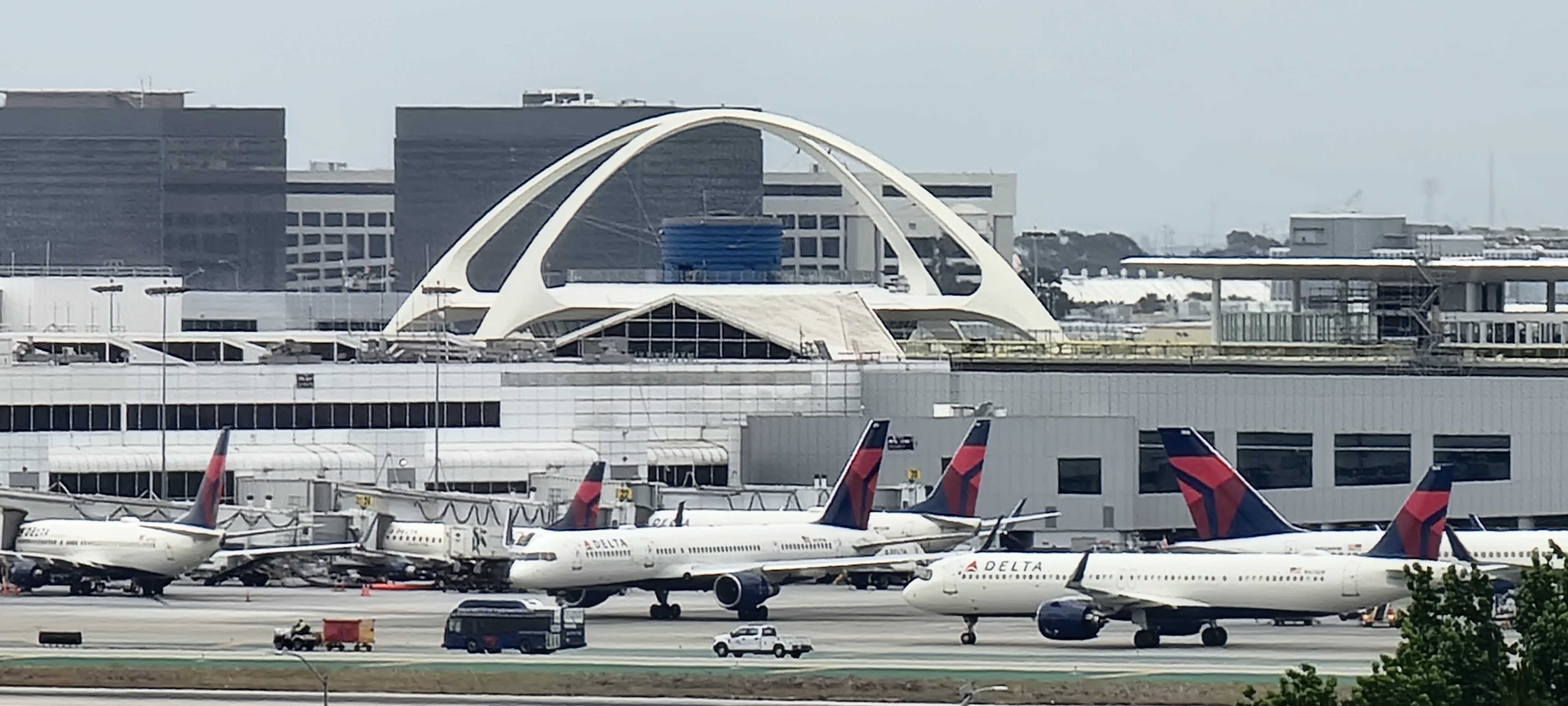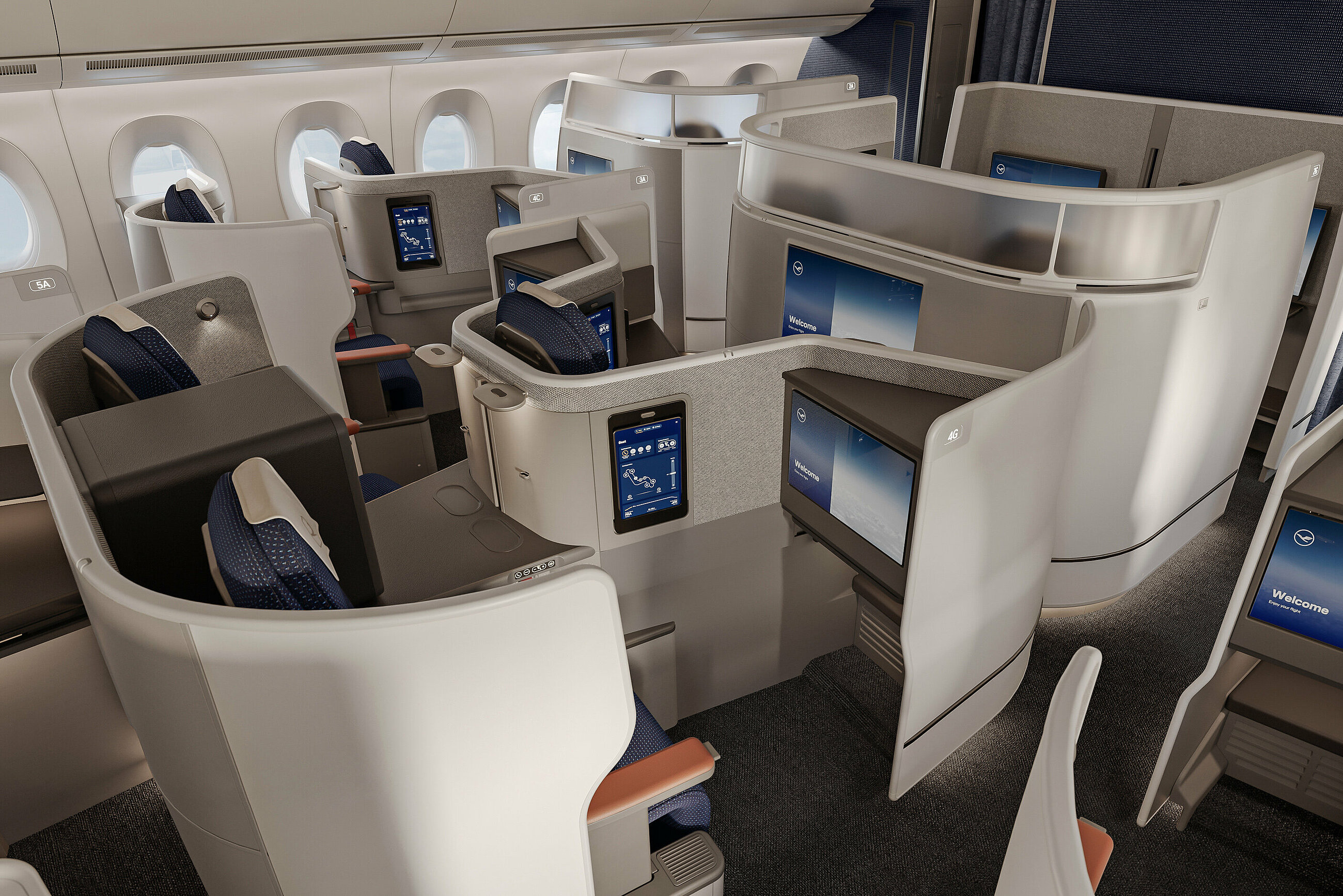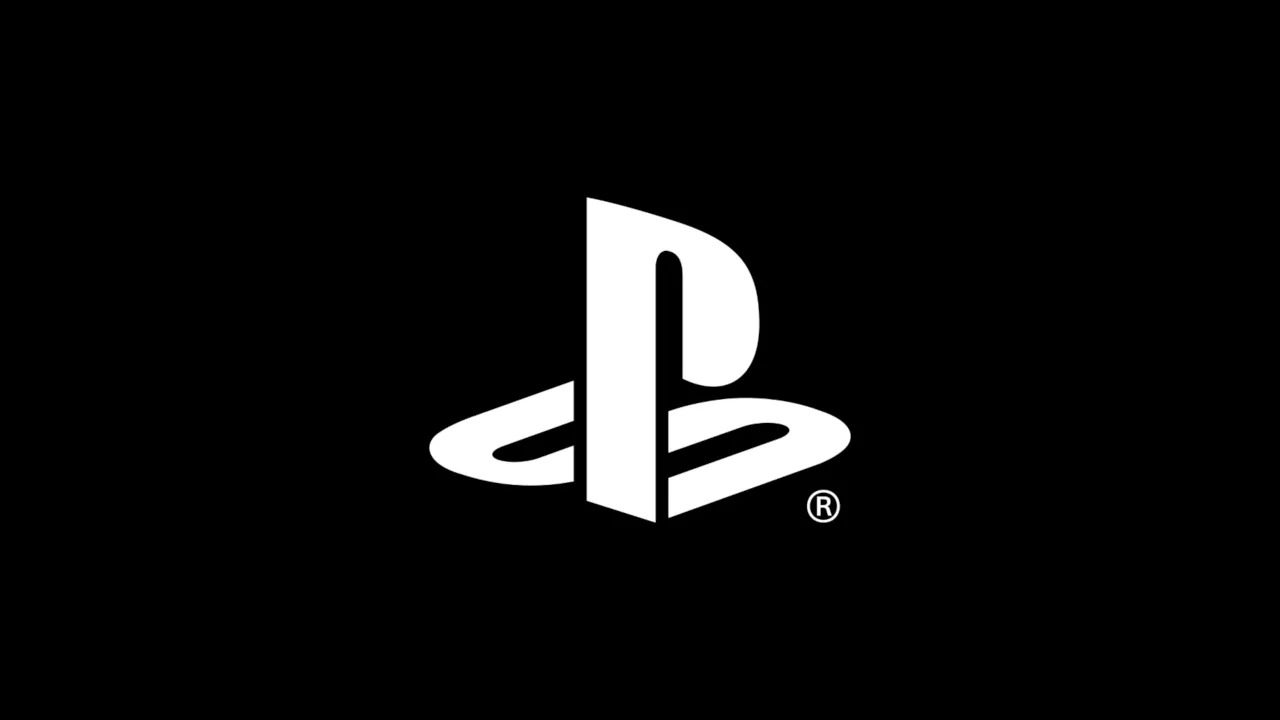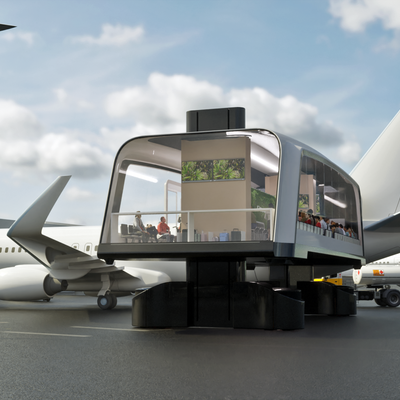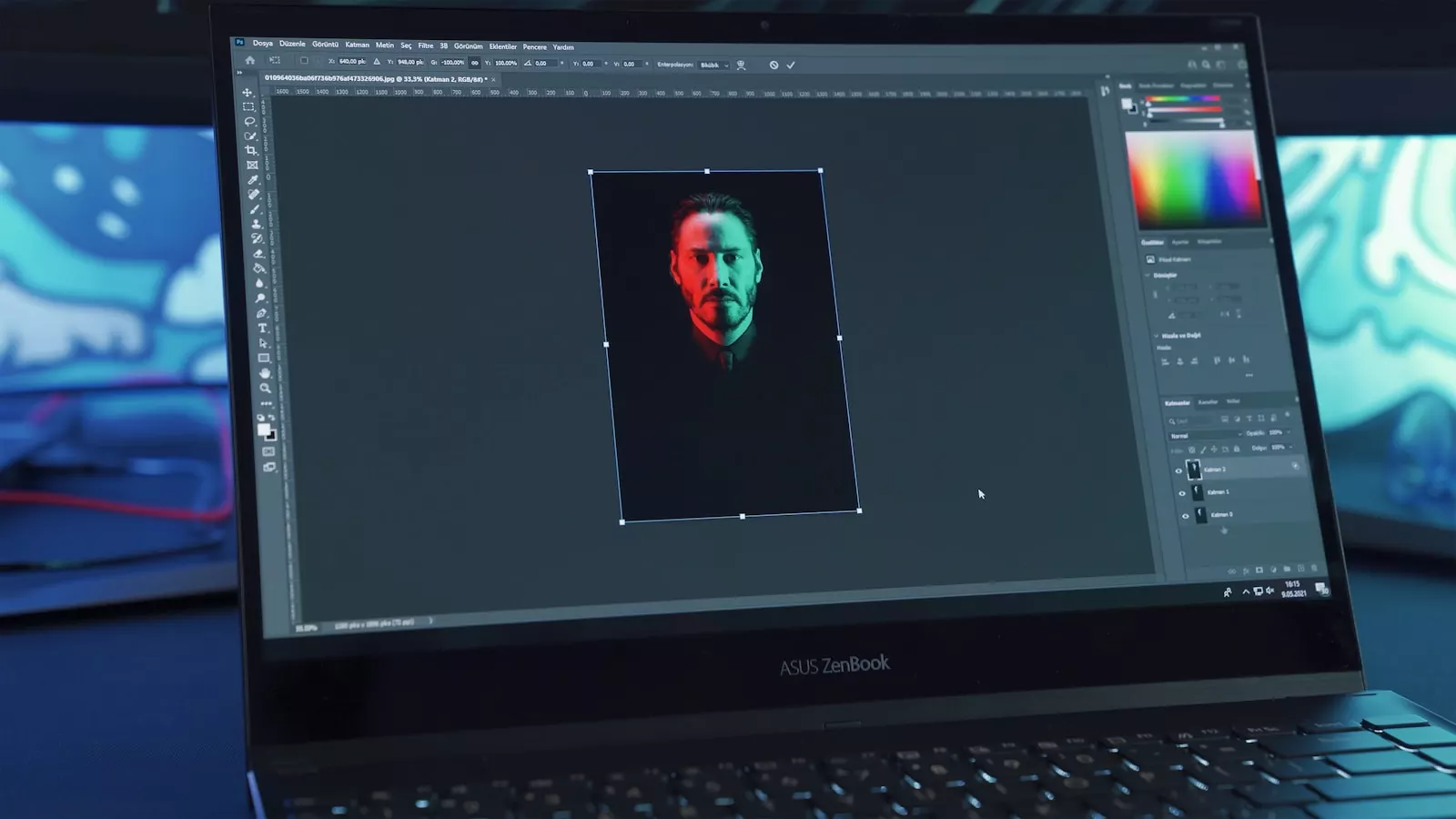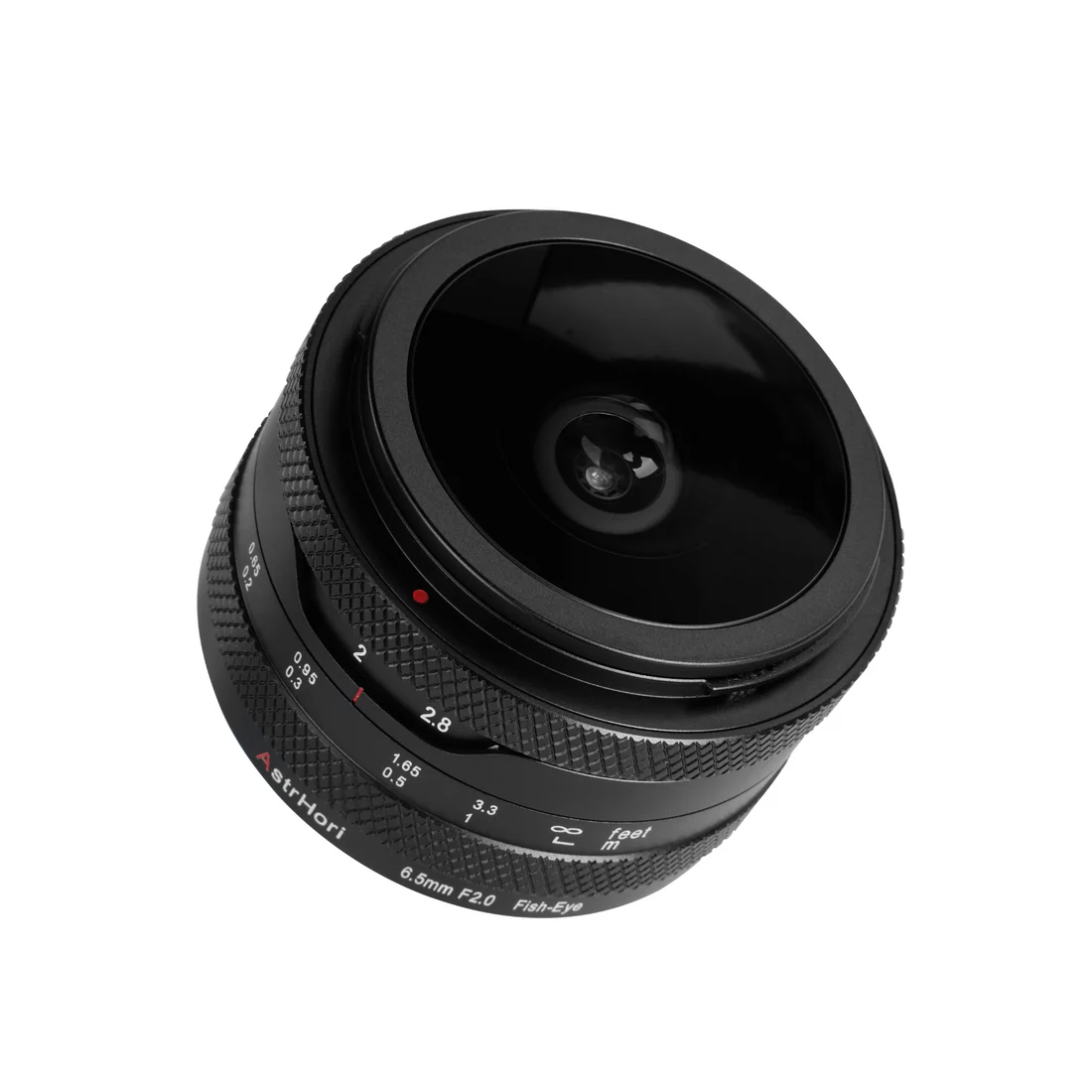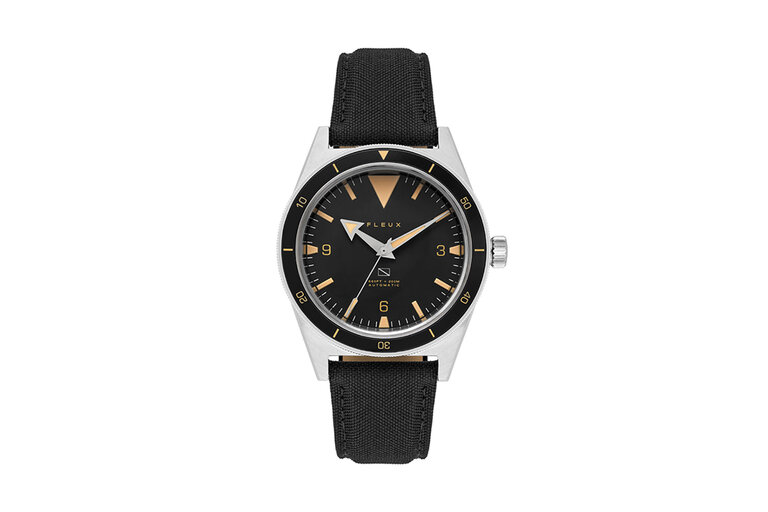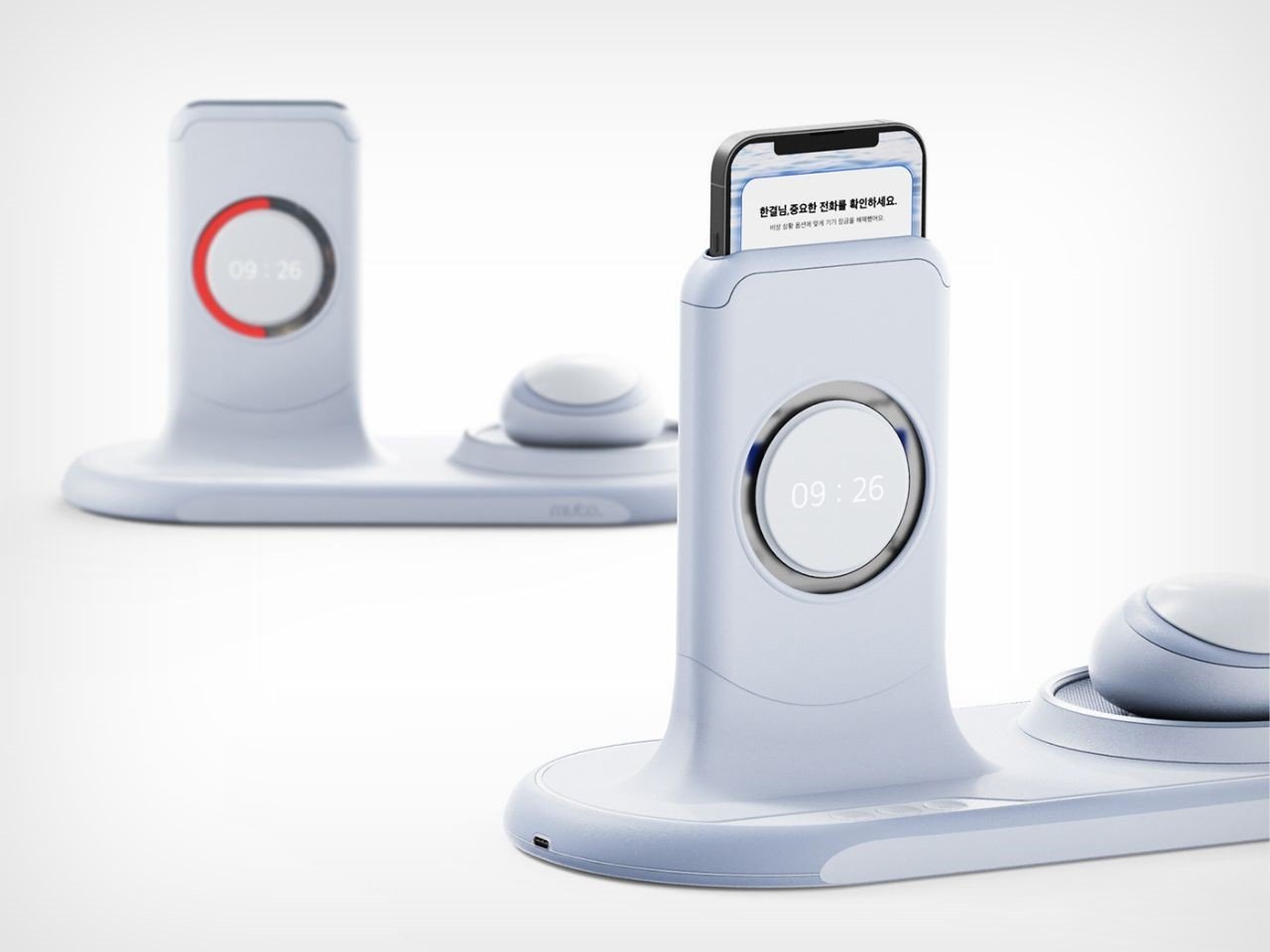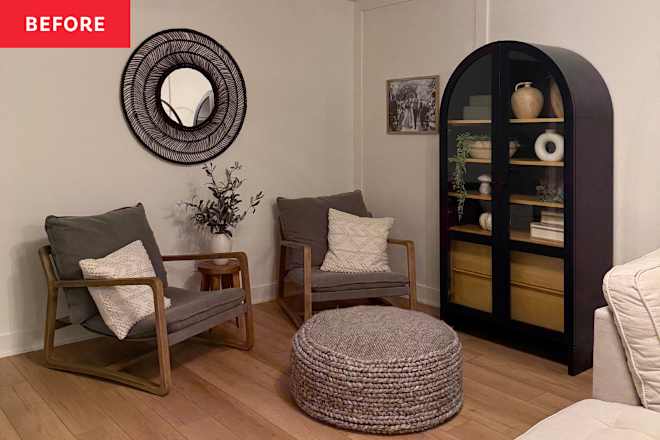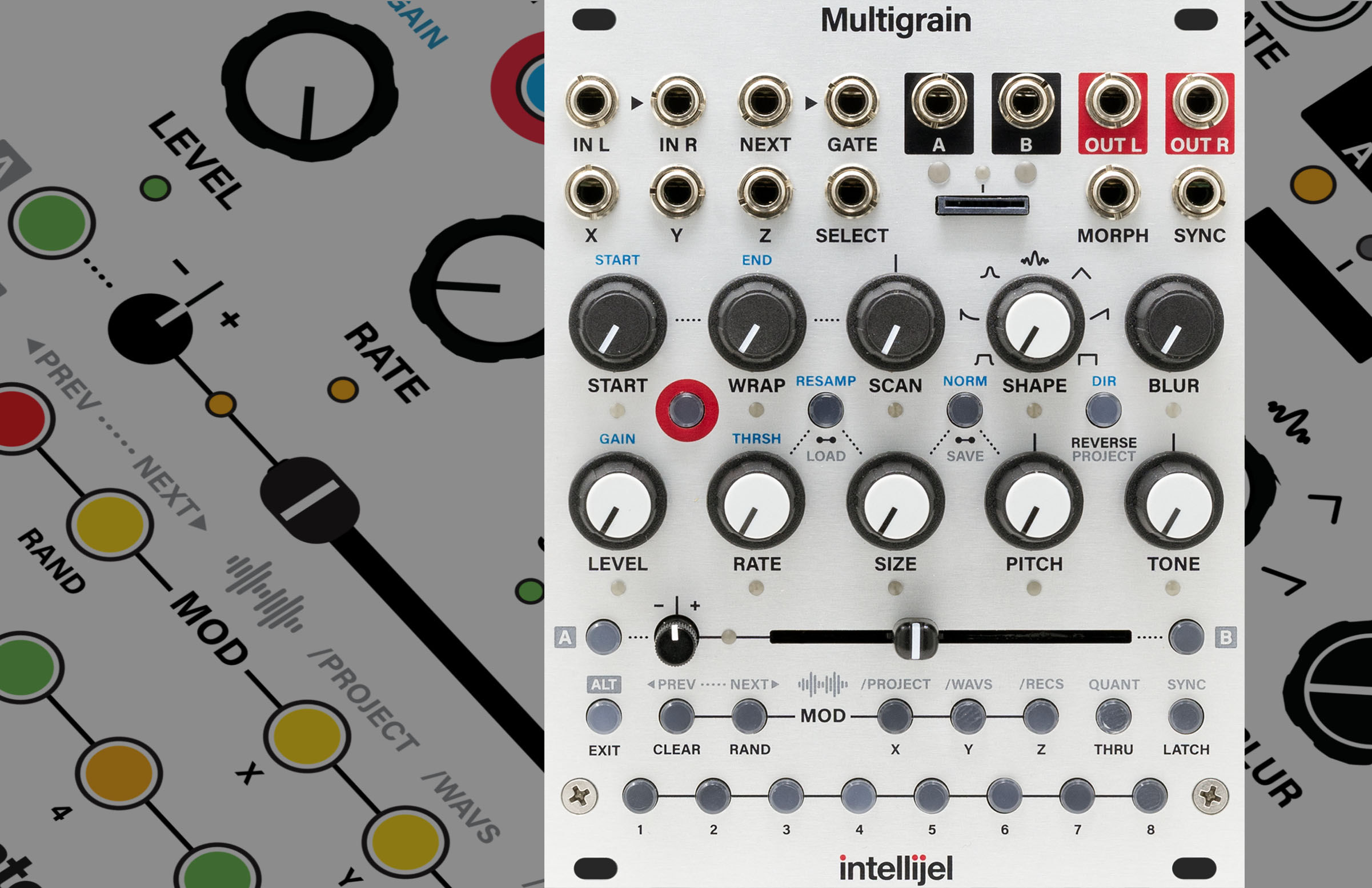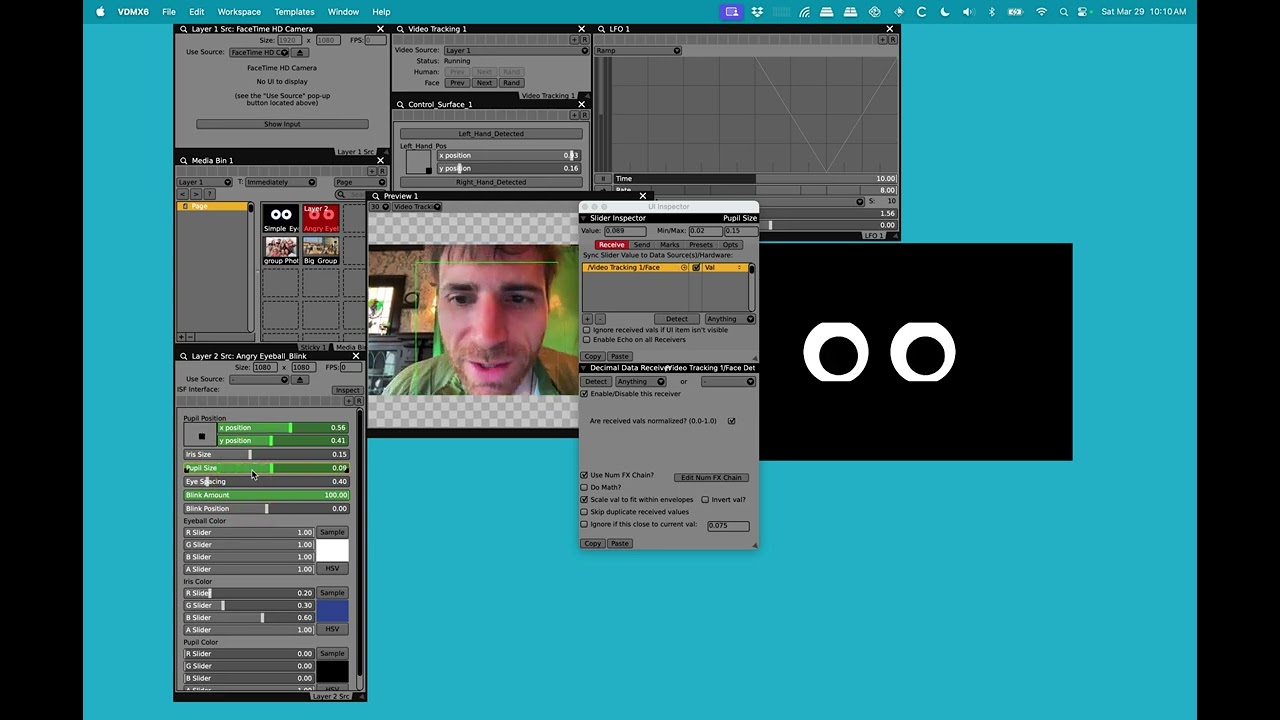Airbus adds Amazon, confirms Hughes, removes Viasat GX from HBCplus
Airbus has made a cadre of updates to its linefit HBCplus inflight connectivity offering, announcing at the Aircraft Interiors Expo (AIX) in Hamburg that it has signed an MOU with Amazon to add the tech giant’s forthcoming Project Kuiper Ka-band Low Earth Orbit (LEO) service to the linefit program; that it has firmed up a prior... The post Airbus adds Amazon, confirms Hughes, removes Viasat GX from HBCplus appeared first on Runway Girl.

Airbus has made a cadre of updates to its linefit HBCplus inflight connectivity offering, announcing at the Aircraft Interiors Expo (AIX) in Hamburg that it has signed an MOU with Amazon to add the tech giant’s forthcoming Project Kuiper Ka-band Low Earth Orbit (LEO) service to the linefit program; that it has firmed up a prior MOU with Hughes Network Systems to formally add it as a Ka-band Managed Service Provider (MSP); and removed Viasat and its Global Xpress network from the program.
Provided to airlines by Airbus as supplier-furnished equipment, HBCplus is groundbreaking and unique in that it uncouples the IFC hardware from the connectivity service and enables airlines to switch bandwidth suppliers, called MSPs, without changing the hardware, at least initially in their chosen band (Ka or Ku). Airbus effectively considers the certified terminal and radome to be part of the aircraft.
The Ka-band side of the program is already delivering hardware factory-fit to A350 customers. Safran Passenger Innovations provides the Ka-band terminal to Airbus, and it is based on ThinKom Solutions’ popular Ka2517 VICTS antenna. The Ku-band side of the program is slightly delayed until 2027, with a Thales/Get SAT dual-beam electronically steerable antenna concept currently being refined. The airframer believes it can come up with an even more flexible, modular, lighter and simpler solution than shown last year, whilst moving forward with Get SAT and a dual-beam architecture.
“We are committed, and that’s part of the HBCplus philosophy as an open flexible solution to bring on board at all times the best available players out there today and tomorrow. And in that sense I’m very proud and honored today to announce that we have signed up one of the players today whom we believe will be one of the big players in the future and that’s Amazon [Project] Kuiper, so we have entered into an MOU and we are in deep technical discussions with Amazon to bring them on board of our program,” said Airbus head of connected aircraft Tim Sommer at the AIX.
“They are part of the HBCplus program today and as soon as their service will be up and running, and they are moving forward very quickly with that, we will be happy to offer them to our customers as part of the HBCplus program,”
“I think that’s a very important addition because we see Low Earth Orbit constellations evolving very rapidly,” he continued, noting that it “really elevates the connectivity to the next level”.
Meanwhile, under the terms of Hughes’ now-formalized agreement with Airbus, the EchoStar company becomes an end-to-end Ka-band managed service provider on HBCplus. Sommer said the Hughes service will initially be available via geostationary (GEO) satellites “but also in the future on LEO”. He showed a a slide seemingly suggesting that Hughes will be a MSP for Telesat’s future Lightspeed Ka-band LEO service (which is already in line to be a LEO satellite network operator on HBCplus).
But there might be even further opportunities for Hughes down the road. Hughes senior vice president and general manager of the Aviation Business Unit, Reza Rasoulian, told RGN that the satellite operator “remains very optimistic that there’s going to be a solution with Ku LEO, specifically” within HBCplus and “as you can imagine, that’s very interesting for us as we look at kind of what airlines want and how best to serve the passenger experience for airlines”. Hughes is an aero distribution partner for Eutelsat OneWeb’s Ku-band LEO service, and indeed it provides the modem for all OneWeb aero antennas (in addition to providing the gateways for OneWeb on the ground.)
Notably, Airbus has also taken a decision to remove the Viasat Global Xpress (GX) network from its HBCplus offering. Airbus’ airline launch customers for HBCplus, which include Emirates, use Viasat as MSP.
Sommer noted at AIX: “[T]here is one additional thing, you don’t see the Viasat GX network on there so this is a decision we have taken, we will not promote that network to future customers. We still obviously continue supporting all existing customers and deliveries which we have signed up with the Viasat GX network but it’s not a solution we will be actively promoting for new customers in the future because we believe the lineup we have here, that’s really what’s going to provide a differentiated and competitive connectivity experience.”
I mean, overall, I think the HBCplus concept and the HBCplus product is a relevant product and you know, we have signed up quite a few major customers for that.
As you go into service, I mean is the quality of service which we are seeing today fully at the level which we rightfully expect and which our customers rightfully expect? Probably not. But the beauty of the concept is that we are pretty flexible in working with our customers to make sure that they are really working with the best network, with the best providers and providing really the best level of capability.
Because I also need to say, I mean the ThinKom [VICTS] solution itself, I mean it’s not just the Airbus HBCplus which is flying ThinKom, I mean ThinKom is a quite well demonstrated technology and we can see that that can provide actually an extremely good level of performance. So, I think the fundaments of that product are right. What we need to see in working with our customers, I cannot comment on customer-specific situations, is what is really the best combination of that product and the networks in which it operates. And what can that mean in terms of bringing it to a quality of service which needs to be there.
And by the way, the way we see the market today, obviously I mean with LEO coming, with Stalink being there, I mean the expectations in terms of what good means, it has been changing quite a lot over the last two years. So what might have been acceptable two years ago, it’s no longer acceptable. And I said the beauty of the concept is that we can accommodate that evolution and that’s what we are working on today.
We should note that, on the night of 10 March, just hours before the 11 March general session at the recent SATELLITE conference and exhibition in Washington D.C. — in what seemed like a cleverly timed ‘eve of the big event’ revelation — satellite industry consultant Tim Farrar announced on X that Emirates has handed a full-fleet IFC equipage deal to Starlink, saying that a formal announcement will follow at AIX. It remains to be seen if this news will be confirmed or break at the show (as of publication it had not.)
“We don’t comment on rumours. Emirates remains committed to providing best IFE content and connectivity in the skies as we’ve been doing for the past three decades,” an Emirates spokeswoman told RGN last month in response to the rumours.
We also remind readers that Viasat has long marched to the tune of its own drum, and indeed has long favored its own GM-40 gimbaled antenna for IFC installations. Last year, it confirmed it has “no firm plans” to support its high-capacity ViaSat-3 Ka-band aero service for GX inflight connectivity installs that use Safran Passenger Innovations’ nextgen GX terminal based on ThinKom’s Ka2517 VICTS antenna, when interoperability is available for aero across its Ka-band satellite fleet. (And as mentioned, Ka2517 VICTS forms the bases of the SPI terminal being used by Airbus on the Ka-band side of the HBCplus program.) Viasat more recently provided an update to RGN about its cross roaming play.
Also of note, in announcing at AIX that Viasat has contracted for Telesat Lightspeed LEO services to support multi-orbit connectivity including in mobility, Telesat said in its press release this week that: “Viasat is well positioned as the largest broadband connectivity provider in the commercial aviation market, providing airlines with unprecedented scalability and flexibility to differentiate their onboard experience. The thousands of airplanes that have the Viasat GM-40 antenna installed today will be able to access the Telesat Lightspeed network when global services commence in late 2027. Viasat and its airline customers also will be able to install next-generation electronically steerable antennas (ESAs) to access the advanced Telesat Lightspeed constellation.”
During our pre-AIX interview with Airbus’ Sommer, in a then-embargoed portion of the conversation, he said the airframer is “continuously reviewing our network of partners with whom we work” under HBCplus. “And I mean with some we see more promise than with others and obviously with the promising ones, we really try to move forward … We have signed up our contract with Hughes and actually we see that there is a strong customer interest in Hughes.”
To wit, Delta Air Lines recently announced it will bring Hughes’ so-called Fusion product to select new A350s and A321neos in addition to its 717 fleet. (Fusion is a hybrid, multi-beam, multi-band ThinKom Ka2517 VICTS + Hughes Ku-band LEO ESA product.) So perhaps we should expect some Service Bulletin-based installs on that front.
Sommer told RGN he feels Hughes will be “a very attractive complement to our HBCplus catalog”.
Please enjoy Sommer’s IFC connectivity update from AIX.
Related Articles:
- Airbus fine-tunes HBCplus Ku-band IFC in advance of AIX 2025
- Face to face with Telesat vice president, aviation Philippe Schleret
- VIDEO: Delta innovates with Hughes partnership, IFEC integration
- Airbus lays out ultimate vision for connected aircraft
- Managed service pedigree drives Hughes IFC gains including at Airbus
The post Airbus adds Amazon, confirms Hughes, removes Viasat GX from HBCplus appeared first on Runway Girl.





![Biggest ‘Vampire Survivors’ Free Update Ever Now Available With “Emerald Diorama” Expansion and “The Coop” Update [Trailer]](https://bloody-disgusting.com/wp-content/uploads/2025/04/emeralddiorama.jpg)

![‘The Last of Us Complete’ Digital Edition Now Available; Limited Collector’s Edition Coming July 10 [Trailer]](https://bloody-disgusting.com/wp-content/uploads/2025/04/tloucomplete.jpg)





































![THE NUN [LA RELIGIEUSE]](https://www.jonathanrosenbaum.net/wp-content/uploads/2019/12/TheNun-300x202.jpg)
![Bright Spots in the Darkness [My 1998 Top Ten List]](https://jonathanrosenbaum.net/wp-content/uploads/2009/04/rochefort.jpg)
![Bad Ideas [on WILD AT HEART]](https://jonathanrosenbaum.net/wp-content/uploads/2009/12/wildatheart2.jpg)




































































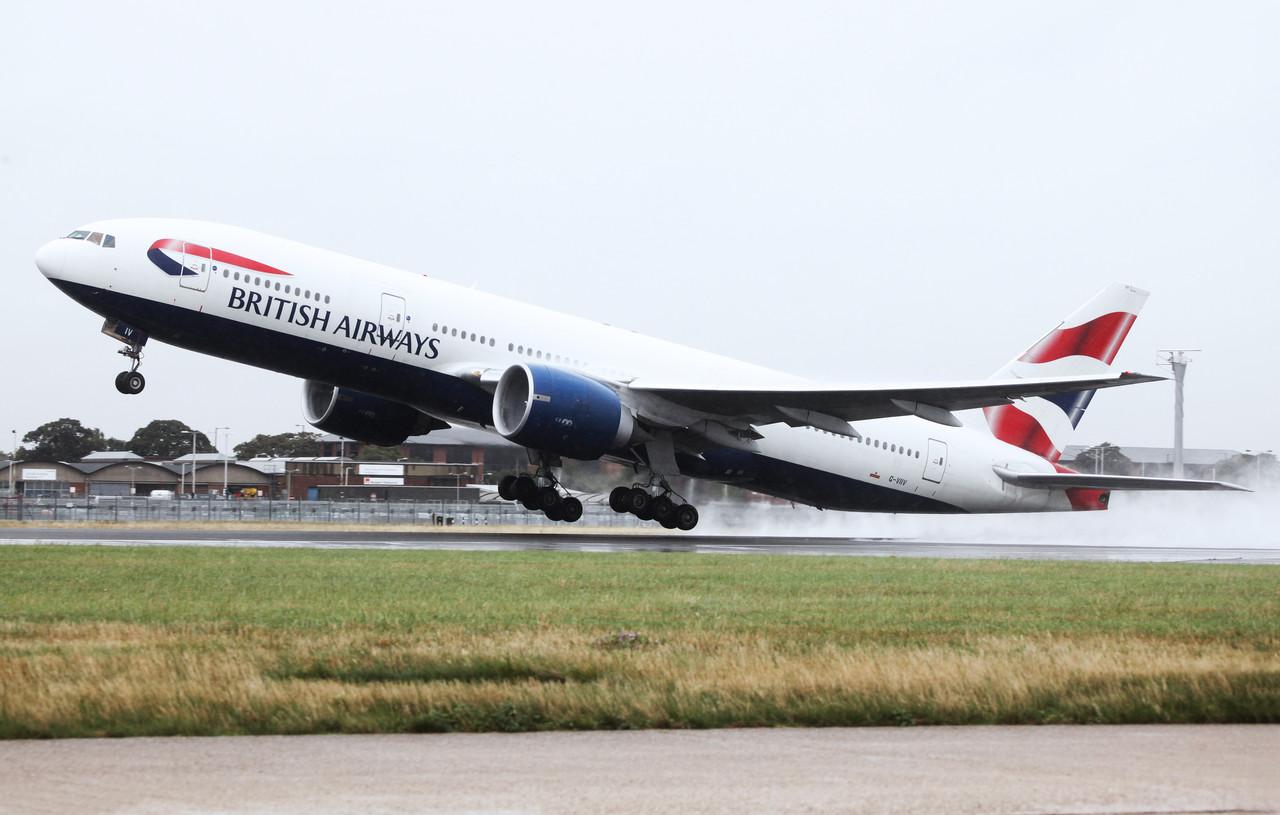







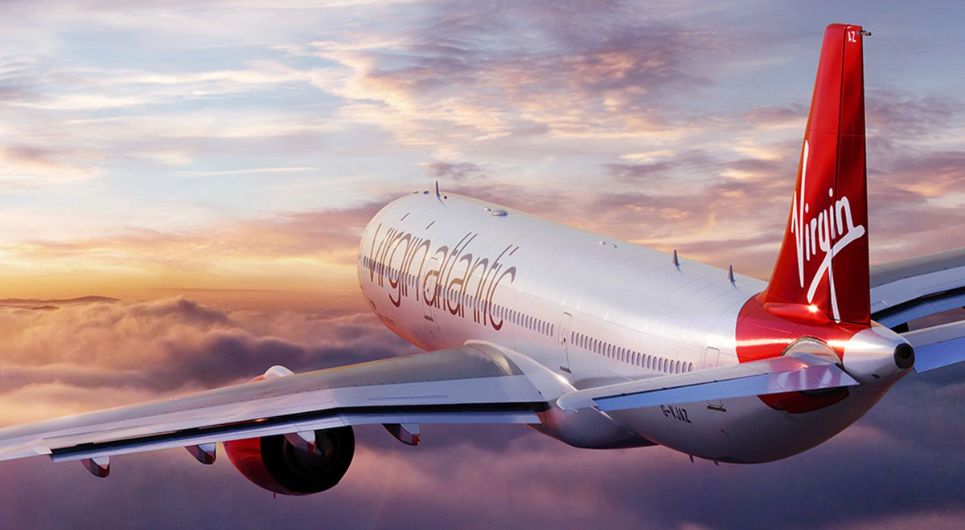







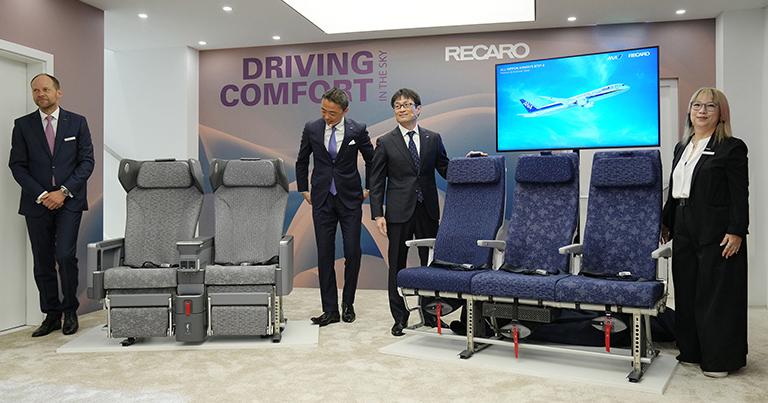


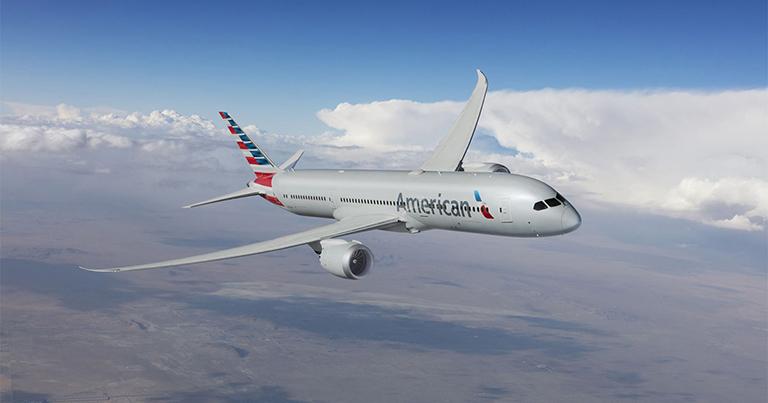



















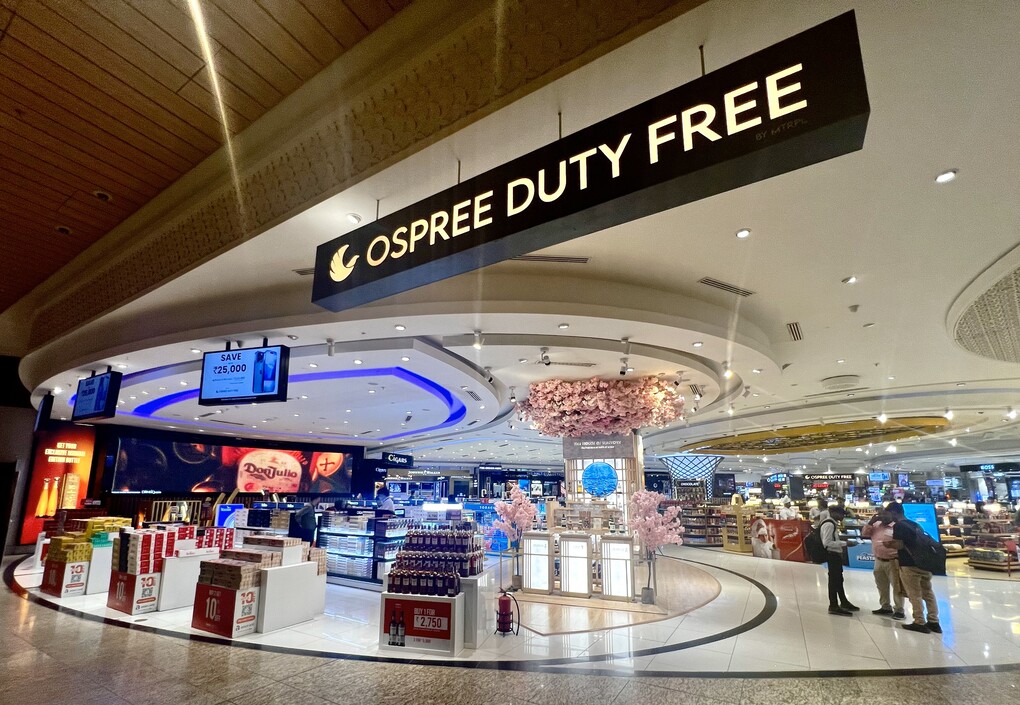












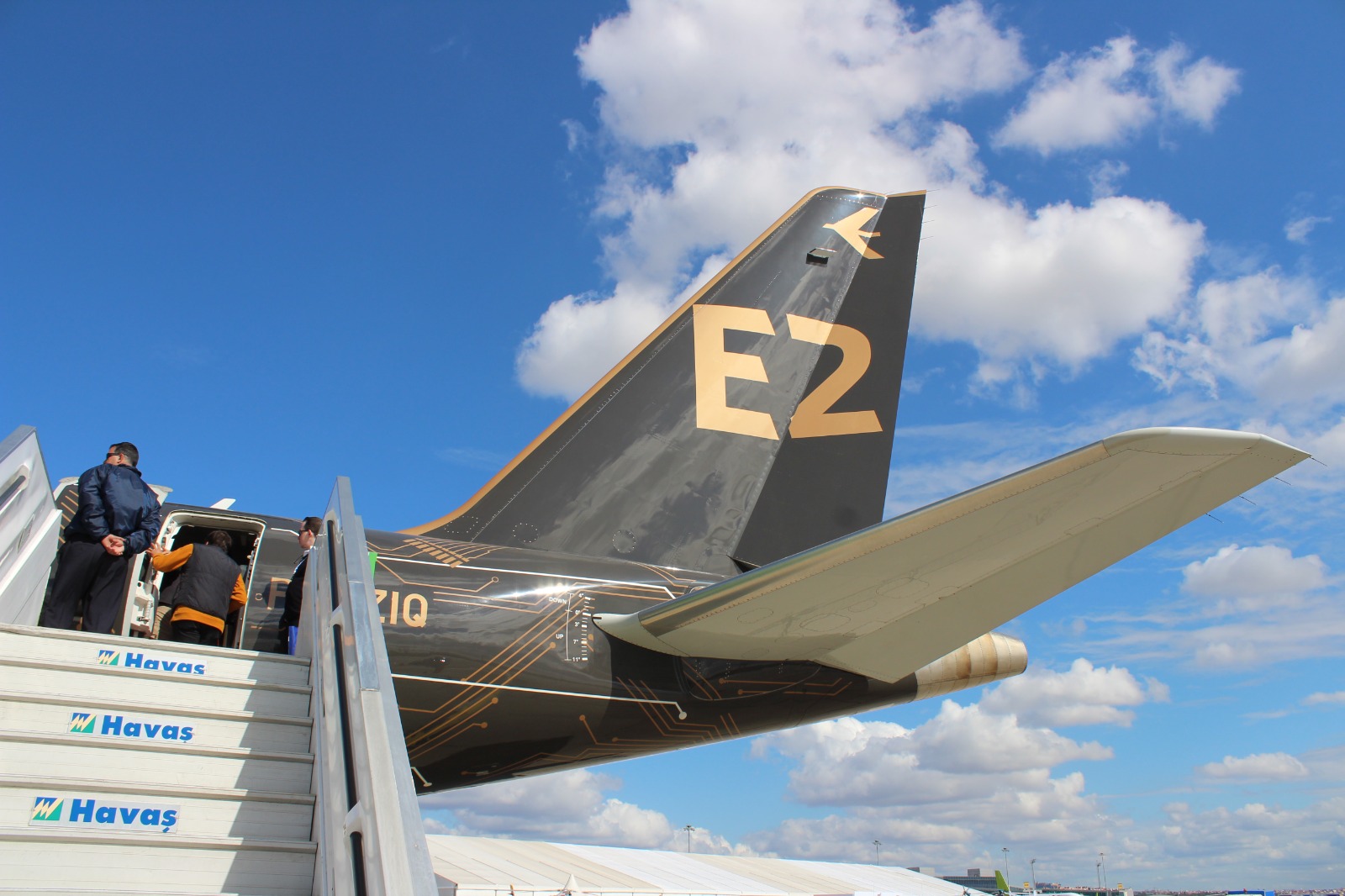






























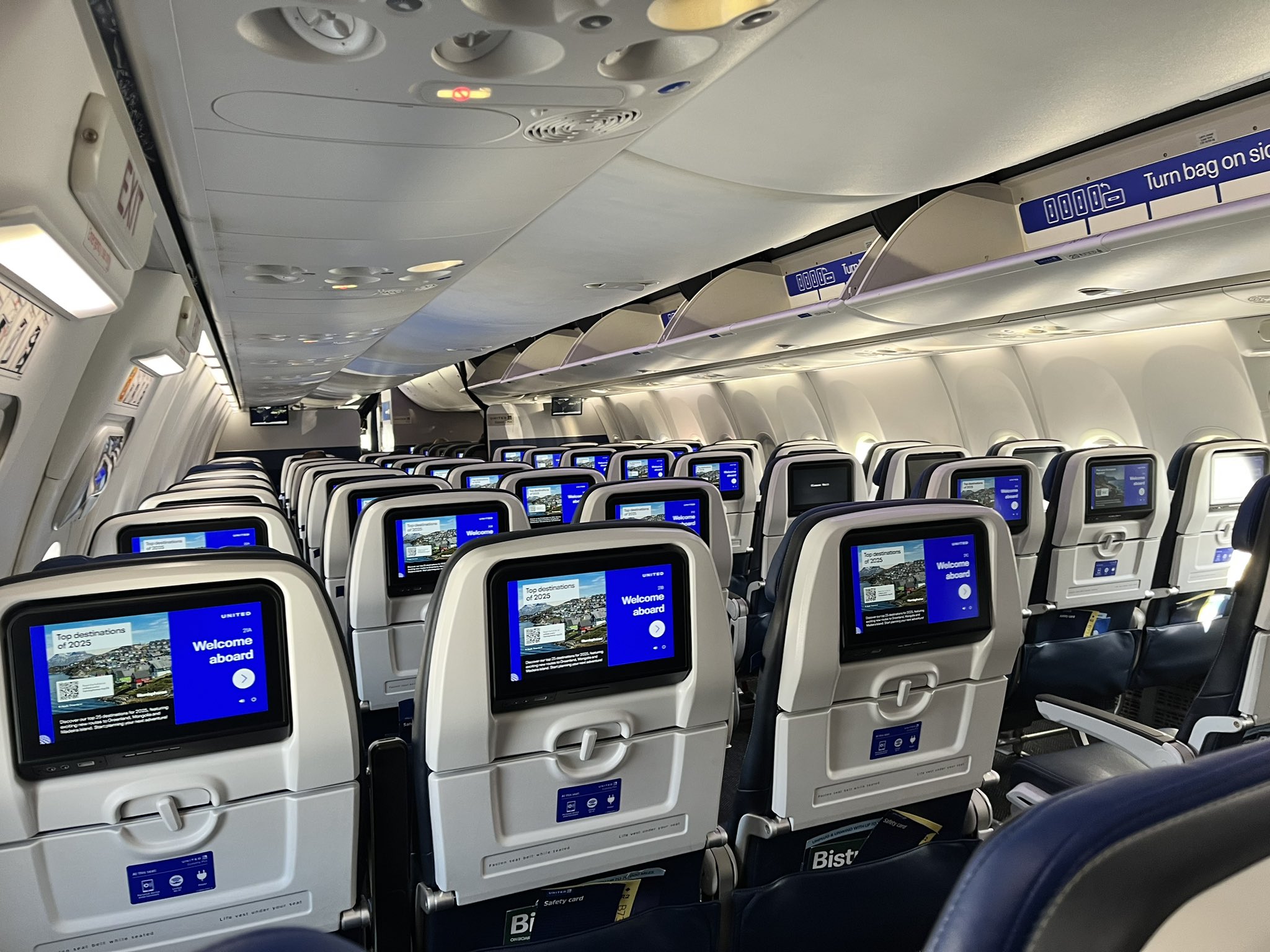
![Leaked: Elon Musk’s Jet Playbook—65°, Dim Lights, No Vents—And Full Throttle, Always [Roundup]](https://viewfromthewing.com/wp-content/uploads/2017/07/20170726_084344.jpg?#)
